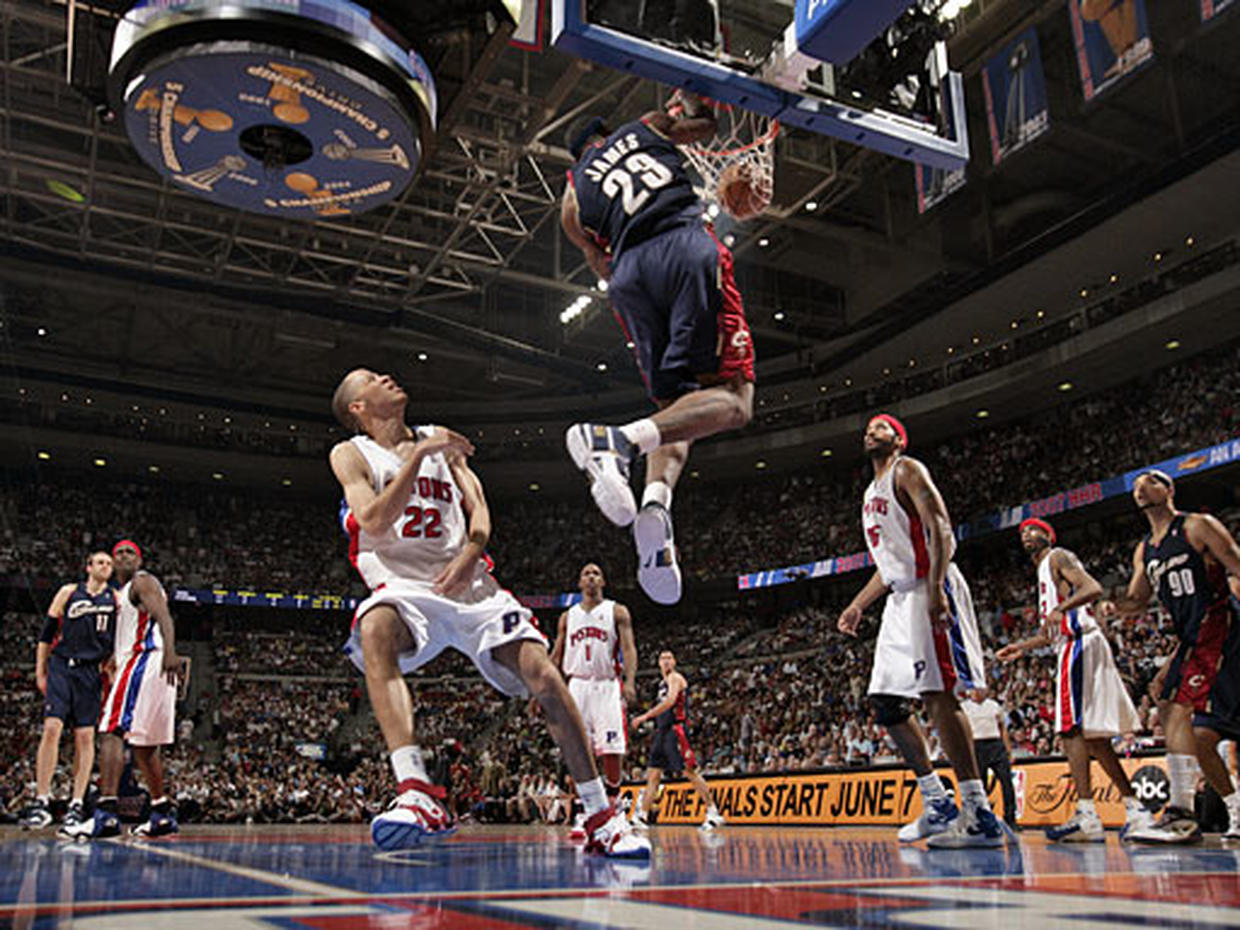

This means we must incorporate a new data set and perform data fusion across not only the spatio-temporal data set, but also a play-by-play file. So how do we fix this? A not-so-but-seemingly-simple solution is to ask which team is on offense? In this case, a player cannot be in possession of the basketball unless their team has possession. In these two instances, Thompson is within three feet of the basketball. As Myles Turner sets the screen on Jeff Teague and rolls to the nail, Thompson not only blitzes Teague but also recovers to contest Turner’s jump shot. However, Tristan Thompson never once touches the basketball. So if we compute this simple action, then we find the following results: Here, we note that possession is not recorded in SportVU data. If they are, then they are likely to be in possession of the basketball. Recalling that our question is how long each player has possession of the ball, we can easily ask if a player is within three feet of the basketball. Since the x- and y-positions are identified by SportVU, we can compute simple measures such as distance between the basketball and every player.
#2007 NBA PLAY BY PLAY DATA CODE#
This is from the previous get-moments code usable in previous posts: Using the SportVU set-up, we can look at the data in an animation format. Kevin Love picks up the made basket and throws it back in to Kyrie Irving to initiate the offense on the Cavaliers possession. Here, the Pacers score the first basket of the game with an open jumper by Myles Turner at the nail after a sag on the Cavaliers defense on a high pick-and-roll. In NBA data terms in it’s json format we have what’s called moment 0. This is just the Pacers’ and Cavaliers’ first possessions, respectively. Here, this span will cover from 11:50 to 11:30 in the first quarter. Cleveland Cavaliers first round game on April 20, 2017. Let’s consider a simple 20 second span of time from Game 3 of the Indiana Pacers vs. This is where the illustration techniques noted above come into play. Now the problem is no longer watching game film and writing down seconds, but having to handle this larger data set without the ability to visualize the actual game footage. This allows the reviewer to freeze frame position data of the ten players on the court, as well as the basketball at every 1/25th of a second. SportVU data handles the possessions down to the 0.04 seconds thanks to its image recognition capabilities. On a touch-pass, one second resolution is simply too much resolution for the reviewer and the resulting time is biased. For instance, if a person simply watches game film and records the seconds, the estimates will be biased towards the second. So let’s ask a basic question: How long does each player possess the basketball? This is a rather simple question to ask but yet a fairly difficult question to obtain an answer. The only exciting mathematical tool used is the convex hull operation and this only identifies the tightest convex polygon that uses the players as its vertices.

Notice that there are no analytics in these procedures. That said, this only yields a mechanism for illustration only.
#2007 NBA PLAY BY PLAY DATA HOW TO#
In a previous post, we took a look into some spatio-temporal data obtained through SportVU technology for the NBA and identified how to use that data to perform basic tasks such as building convex hulls to illustrate offense and defense coverage on a court as well as provide basic Python code for the reader to test out their own ideas.


 0 kommentar(er)
0 kommentar(er)
